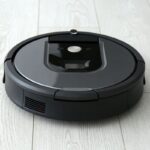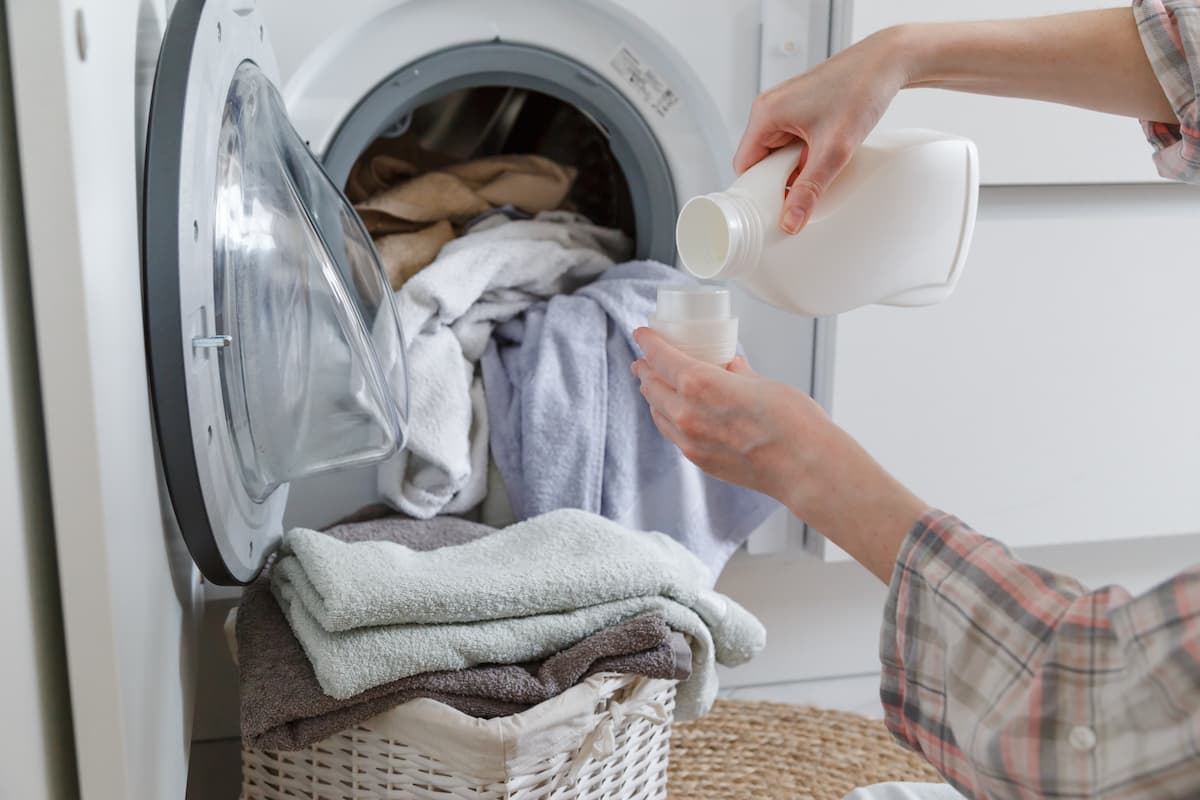A steam mop is an excellent ally in your battle against dirt, though you can make a mistake and ruin it if you’re not too careful. Steam mops are delicate, and there are certain substances that you can – and cannot – add to them.
You can only add distilled water to a steam mop. Adding something extra, such as bleach, disinfectants, or vinegar, can damage the steam mop beyond repair and void its warranty. Spraying something on a surface and then using the mop is okay but putting something extra in it is not.
Most people believe adding extra things to your steam mop is okay, but it usually isn’t.
This article will cover some common things you can and cannot add to your steam mop.

What Can You Add and Cannot Add to a Steam Mop?
You shouldn’t add anything to your steam mop other than water. Doing so will probably wreck your mop and void its warranty quickly. However, you can apply extra stuff to the surfaces you want to clean and use your steam mop on top.
In other words, putting anything other than water in your steam mop is a big no-no unless the manufacturer says otherwise. Reading the warranty before doing something is a good idea.
Let’s say your steam mop is not doing well on your floor. In that case, you might want to spray other chemicals, like vinegar, household cleaner, or a degreasing solution, onto the floor, then use the mop pad to spread it around.
Can I Put Vinegar in My Steam Mop?
You should not put vinegar into your steam mop. Putting vinegar inside your steam mop will most likely void the warranty and cause trouble inside it. Additionally, mixing vinegar and hot water is not a good idea.
Contrary to popular belief, vinegar and steam mops don’t mix. Doing so will probably damage your steam mop, voiding your warranty. In other words, putting vinegar in your steam mop is an expensive mistake you don’t want to make.
Can I Put Disinfectant in My Steam Mop?
Avoid putting disinfectant in your steam mop. These products release toxic fumes that may not harm humans but will wreak havoc inside your mop. Several disinfectants have chemicals that may explode under high temperatures.
What’s the best way to use disinfectant with your steam mop? Do it separately.
First, apply the disinfectant on the floor, then wait 10 minutes. After 10 minutes, it’s time to use your steam mop.
Can I Put Pine-Sol in My Steam Mop?
You cannot put Pine-Sol in your steam mop. Pine-Sol advises against putting their products in your steam mop. You’re at risk of ruining your mop by doing so, and it may even harm the surfaces you want to clean.
For that reason, stick to water when it comes to steam mops.
The best way to use something like Pine-Sol is to spray it on the surface you want to clean, wait for a bit, then use your steam mop to finish the job. You can rinse and repeat as you see fit, though you should never try to save time by putting Pine-Sol inside your steam mop.
Can I Put Bleach in My Steam Mop?
You cannot use bleach in your steam mop, as bleach will destroy your steam mop from the inside. Bleach is so strong it’ll also damage the surfaces you want to clean and may prove harmful to humans too. For that reason, mixing bleach and steam mops is never a good idea.
When mopping, you should only use bleach as a last resort. Bleach can lighten floors’ color, damage and dry out wood, and prove harmful to anyone who walks on it. So, not only is it unsafe to use in your steam mop – it is usually dangerous to use on your flooring.
You should consider using bleach as a floor cleaner only when you have an issue with mold, mildew, or stains. Few chemicals can kill fungal substances, so using bleach might be one of your only options for eliminating them.
Although bleach works best to treat mold on certain surfaces, remember not to put it in your steam mop to do so.
Can You Use Tap Water in a Steam Mop?
You can use tap water in a steam mop, but it’s not the best option. Certain households have high-quality tap water that you can put in your steam mop. However, most manufacturers recommend distilled water, and those who want to play it safe should follow the manual.
You should know tap water will shorten your steam mop’s shelf life. Tap water may also cause scale and mildew to develop in your steam mop, so you’ll have to clean the reservoir more frequently if you use it.
However, it will not destroy your mop outright, so you may get away with doing it every once in a while.
What Will Ruin Your Steam Mop?
Putting anything other than distilled water inside your steam mop will ruin it sooner rather than later. At the same time, leaving a wet mop cloth on your steam mop can also cause mildew, thus ruining it.
To keep your steam mop in tip-top condition, keep the cloth dry and clean after use, empty any leftover water from the reservoir, and only fill it with distilled water.
How Can I Fix My Steam Mop?
Countless things could make your steam mop malfunction.
First, make sure to plug your steam mop into the socket properly. Then, see if the socket is working.
Check for gaps or cracks if your steam powers on but releases no steam.
Other common issues include your mop releasing too much steam. When that happens, turn your steam mop on and off and see what happens. You put too much water inside if it releases water instead of steam.
For any other issues, contact your manufacturer. Remember, you will void your warranty if you put anything other than water inside your steam mop, so be careful not to use anything more exotic.
Final Thoughts
Putting anything other than distilled water inside your steam mop is asking for trouble, no matter how harmless the product you want to use may seem. When in doubt, read the manual, and keep in mind adding anything other than distilled water will probably void your warranty.





